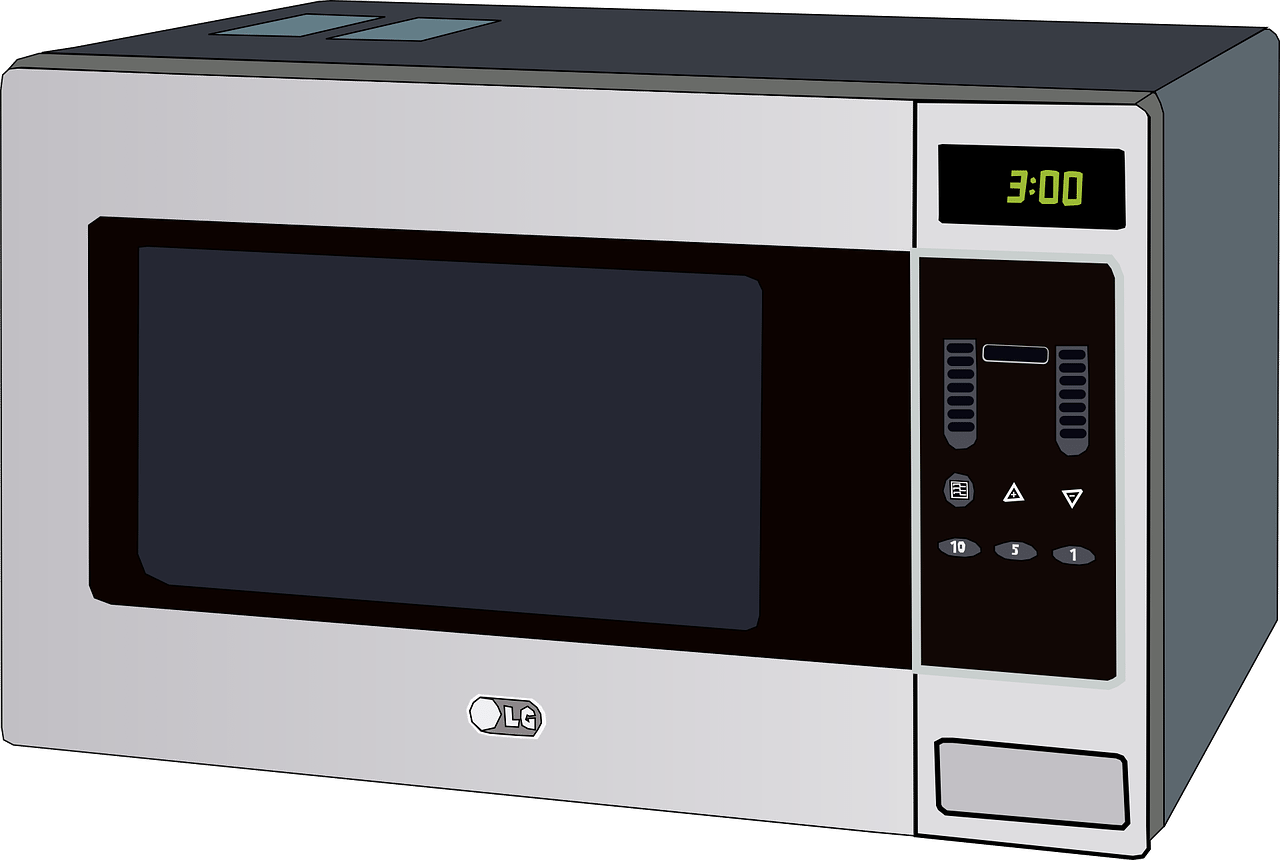Scientists Explain: microwave ovens
Ah, the microwave oven. Ever a staple of student life, this humble appliance is as iconic to our diets as the ready meals we devour so eagerly. However, whereas nearly all of the general student populace are familiar with how to operate one, it remains a relative mystery to the majority what happens inside that metal box.
Microwave ovens utilise radiation to cook food; that is the process of beaming heat energy in the form of waves, which are electromagnetic pulses that travel in a snakelike pattern. Unsurprisingly, the waves used in a microwave oven are called microwaves, and are very similar to your typical radio waves.
Microwaves differ from radio waves by being of much higher energy, allowing them to be actually capable of heating objects. In addition, the snakelike pattern itself is smaller for microwaves than with radio waves – effectively allowing more waves to travel through a medium in the same time.
Inside every microwave oven, there is a device called a magnetron, which acts as a source for the microwaves themselves. A magnetron fires electrons through a magnetic field, which causes them to move in circles. When the electrons are travelling in such a fashion, they accelerate in order to maintain their path, resulting in them firing off microwaves. These microwaves are then channelled into the main part of the microwave, where they bounce against the metal walls until they enter the food placed inside.
When the microwaves enter the food, they travel through it, giving the molecules inside the food energy. This energy makes the food particles vibrate, and over time more and more microwaves travel inside the food and give it more energy, making them vibrate quicker and thus heat up, which eventually cooks the food. The many microwaves allow the food to be cooked relatively evenly, albeit around the outside.
Microwaves are not especially penetrative, and will stop travelling a couple of centimetres into the food. Hence, the rest is cooked by conduction, where the heat from one end travels to another, much like when one end of a metal bar is heated and the other eventually becomes hot.
Now, where’d I put that Tesco lasagne…?

Comments